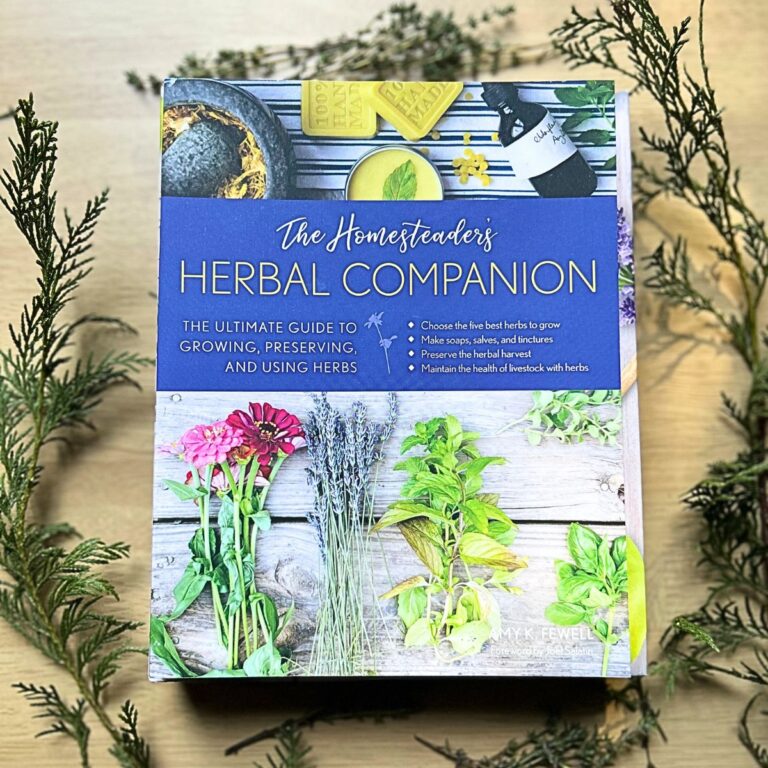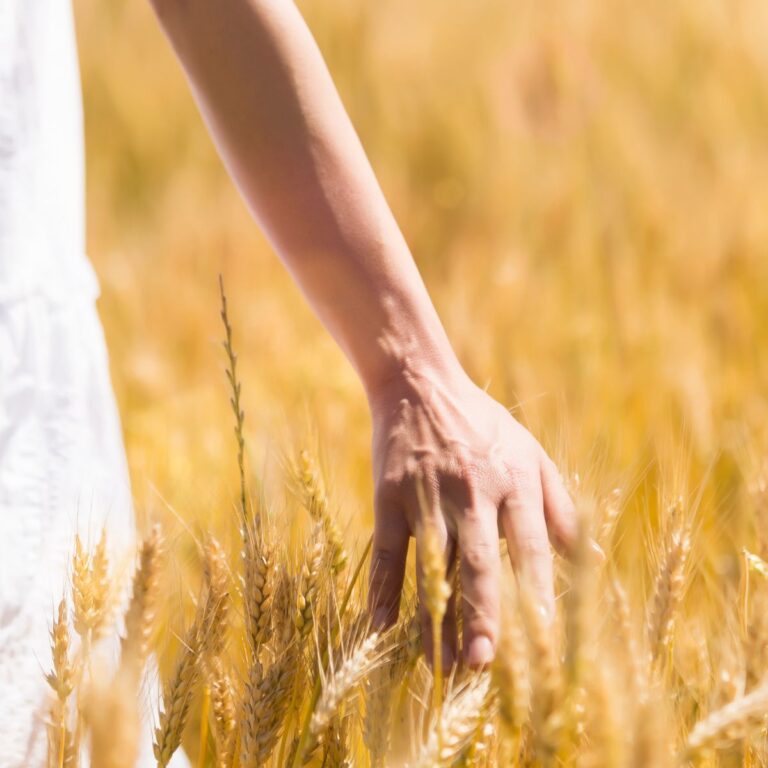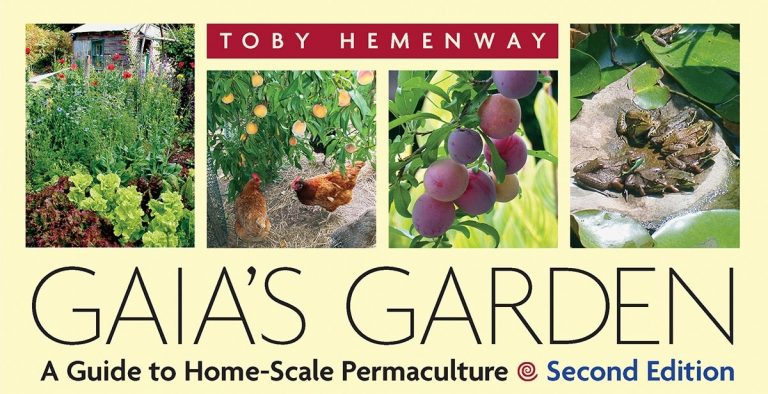This post may contain affiliate links.
Bartering is an awesome way to get food or items you need for your homestead. Beyond saving money, it’s also an effective way for a community to share wealth directly with each other instead of through large corporations or stores.
Even if self-reliance is your goal, there will be things you can’t produce yourself. Bartering is a great “middle ground.”
But bartering is an art. Finding ways to trade with others means having straightforward conversations and ensuring that each party is well-served. It also means getting creative about how goods and services are passed along. Sometimes, a creative barter isn’t just a simple two-way transaction.
Here are five tips to barter successfully.

1: Value What You Are Offering
When trading with someone else, you need to get a sense of what each item is worth so that the trade is reasonably equitable.
For example, we have been trading eggs for vegetables with our neighbor for years. She has chickens, and we have a huge garden, so it is a win-win scenario. It is pretty easy to know the value of her farm fresh eggs because there is an established market for them in our area – $5.00/dozen is a typical price at farmer’s markets or local grocery stores.
Products
Use online grocery store price lists to ensure that what you give is relatively equal. If you have spinach, look up the price for various quantities of organic spinach that you would buy at the grocery store, and make sure that you give an amount that roughly equates to grocery store prices.
Services
Services can be valued similarly. You need to do your research to ask, “What would someone pay for this service by the hour?”
Say you offer to develop a website for a local farm market – you will need to spend 10 hours of your time and, based on some good research, you value your time at about $50/hr. You might ask the farm market to give you a $500 credit for vegetables throughout the summer.
2: Use Local Networks and Services to Share Bartering Opportunities
These days, neighborhood list services like “Next Door,” Facebook, Freecycle or its local equivalent are great venues for proposing bartering relationships.
You can use these forums when overstocking a certain vegetable, fruit, or other food supply. You can post something like, “Will trade honey for squash.” Chances are someone nearby has way too much squash and would love to have a jar of our honey or potatoes, of which you may have in excess.
Posting things on your own Facebook Page or Instagram account can also be effective. Don’t be afraid to put yourself out there!
There’s always the good old bulletin board at a local market. The important thing is that you get the word out.
3: Long-Term Partnerships are Gold
A long-term bartering relationship is one of the best scenarios if you want bartering to be a part of your lifestyle. Finding someone who regularly has what you need and to whom you can regularly offer something they want is the jackpot. You don’t have to recreate the wheel each time; you know exactly what you are getting.
You’ll only find this if you actively search it out and propose it. If you find someone for a one-time trade who seems to love the experience, talk to them about making it more permanent. You could talk with each other and plan to have what the other will need.
Our neighbor, for example, knows that we are a long-term “customer” for her eggs, so she can plan accordingly. Likewise, we talked to her at the beginning of the gardening season and asked her what type of veggies she would love to have us grow with her in mind.
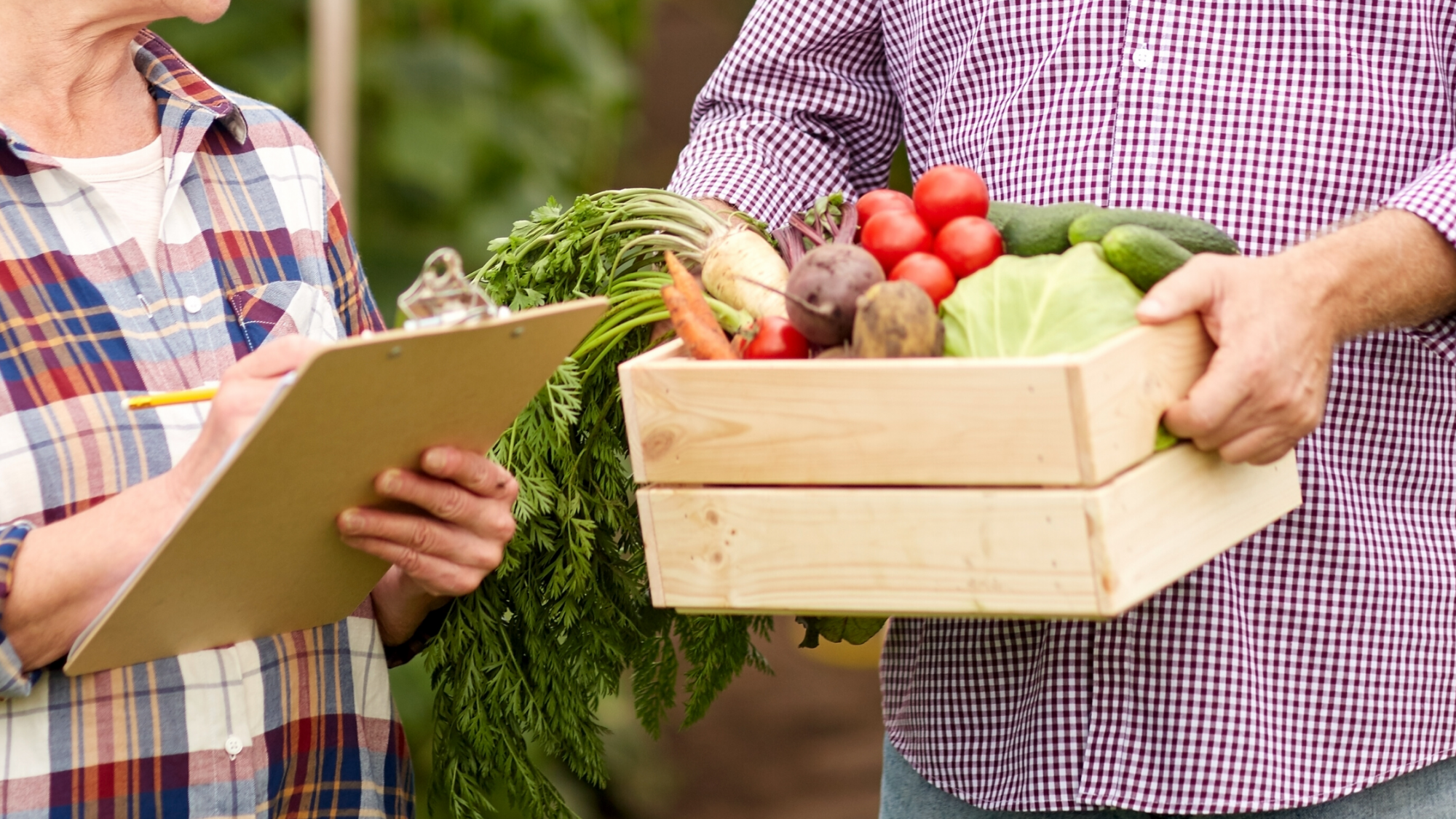
4: Barter with Businesses
Bartering does not have to be just between neighbors and individuals. You may find that smaller businesses like restaurants or small markets would also be open for bartering. It certainly can’t hurt to ask!
For example, we bring our excess rhubarb to a farm market down the street each spring. They give us wholesale value for the rhubarb, but we get it in the form of a credit in the store. Then, when we want flowers, strawberries, or an ice cream cone at the window, we can use our credit to pay for it.
5: Honesty is the Best Policy
Trust is paramount when bartering. You are not just trying to “get stuff for free.” You are trying to meaningfully trade things you have excess of or no longer need for items you do not produce yourself. You would typically pay money for these items, so the thing you are willing to trade must have a genuine value to someone else.
Be straightforward and transparent in your conversations about value – the last thing you want is a misunderstanding. Even if values aren’t exactly financially equal, as long as both parties feel that what they are trading with the other makes sense, you are good to go.
Being dishonest about what you give them is a recipe to end that bartering relationship before it takes off. Long-term trading partnerships are one of the best bartering scenarios possible, so don’t kill it before it has a chance to blossom.
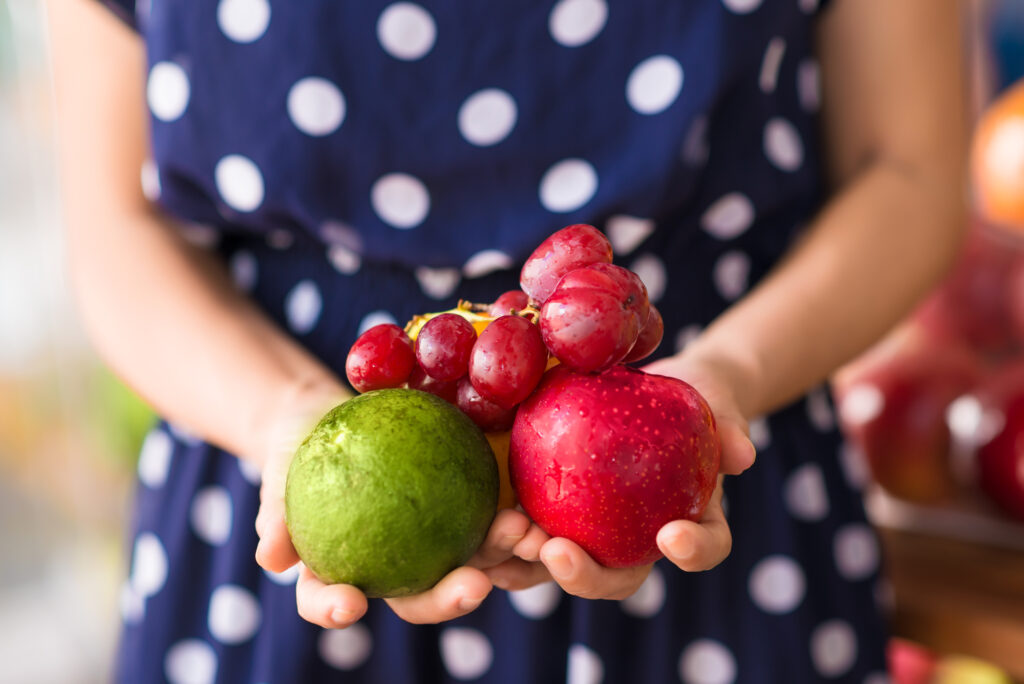
Done effectively, bartering can be a huge part of your homesteading lifestyle. It helps you get what you need and creates connections among the community that are often missing in this time of big box stores and online shopping.
Carrie Williams Howe is an educational leader by day and an aspiring homesteader by night and weekend. She lives on a small homestead in Vermont with her husband, two children, and a rambunctious border collie. She blogs about her family's homestead life at The Happy Hive.


